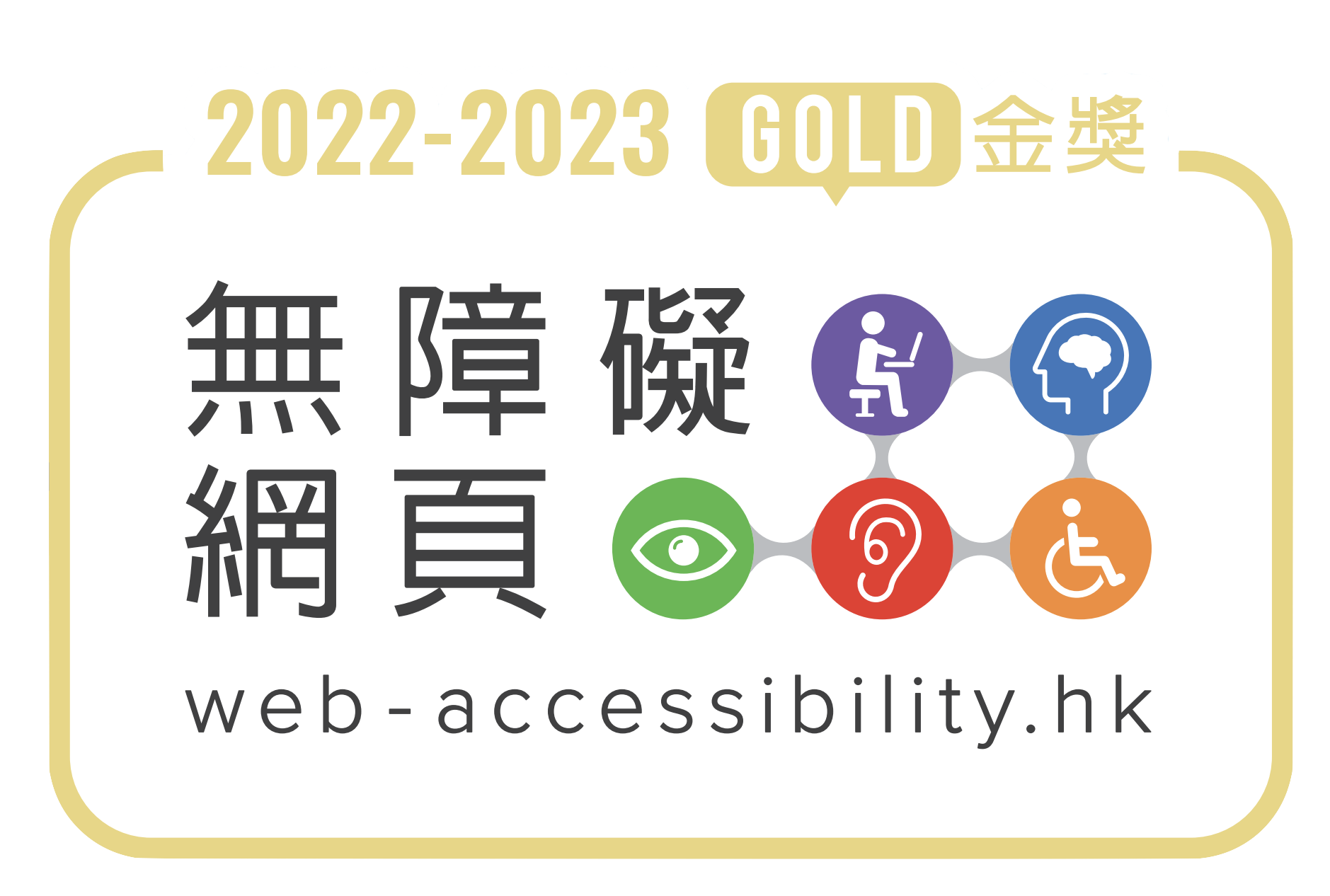DUBAI, UAE, Oct. 16, 2024 /PRNewswire/ -- At GITEX GLOBAL 2024, Huawei presented a significant article titled "The Digital Dividend - ICT Maturity Fuels Economic Growth.":
The Digital Transformation Imperative
Our physical and digital worlds are increasingly intertwined, driven by breakthroughs in AI, 5G-A, and cloud computing. This convergence, known as the Fourth Industrial Revolution, is reshaping business at an extraordinary pace and accelerating global growth. In fact, over the next five years, digitalisation and intelligence are expected to account for 70% of the total global economic growth[1]. From smart cities optimising energy use to AI-powered medical diagnostics, the impact is already changing the way societies function. Recognising these opportunities, more than 170 countries have now developed national strategies focused on AI-driven digital transformation.
The link between technological advancement and economic growth is a well-trodden path. From the steam engine to the assembly line, each industrial revolution has redefined our economic landscape. This current digital revolution, however, is having an outsized impact due to the rapid pace of innovation and its profound impact on the way companies are transforming operations.
The new Global Digitalization Index or GDI jointly created with IDC measures the progress of this digital transformation across countries, highlighting the clear connection between a nation's ICT maturity and its economic prosperity. More crucially, the research demonstrates how strategic investments in digital infrastructure significantly accelerate economic growth and shows how countries at different stages of digital maturity can leverage this transformation to drive their economies forward.
The Digital Maturity Landscape
The 2024 GDI report, building on the previous Global Connectivity Index, is built following research with academics and experts and includes 77 countries, representing 93% of global GDP and 80% of the world's population. It categorises nations into three clusters: Frontrunners, Adopters, and Starters. Each cluster reflects a different stage of digital maturity, with Frontrunners such as USA, China and Singapore leading in both ubiquitous connectivity and digital foundations. Adopters like Spain and Malaysia are rapidly expanding their digital capabilities, and Starters like Vietnam building the groundwork for their digital futures.
The widening investment gap in digital infrastructure is particularly noteworthy. From 2019 to 2023, the ratio of digital infrastructure investment growth among Frontrunners, Adopters, and Starters stood at 18:3:1, with an annual average increase of US$7.2 billion, US$1.1 billion, and US$400 million, respectively. This disparity is not just a number—it's a potent indicator of the diverging economic trajectories these nations face, as the research shows that each US$1 investment in digital transformation provides an US$8.3 return for a country's digital economy.
The Digital Dividend Effect
At the heart of the report's findings lies a powerful revelation: for Frontrunner countries, each one-point increase in GDI score translates to a US$945 boost in GDP per capita. This economic impact is 2.1 times higher than for Adopter countries and 5.4 times higher than for Starters. This is the digital dividend effect in action.
But what drives this effect? The answer lies in the ecosystem dynamics of mature digital economies. In Frontrunner nations, we see advanced digital ecosystems where technologies like AI, IoT, and cloud computing interoperate seamlessly.
These ecosystems foster network effects, where the value of digital services increases exponentially with each new user or connection. Furthermore, the accumulation and intelligent use of data drive innovation at a pace unseen in less digitally mature economies.
Consider China's Port of Tianjin, where the integration of 5G, cloud, AI, and green energy has resulted in a smart, zero-carbon terminal. This digital transformation has led to a 50% reduction in container transshipment time and a 17% decrease in energy consumption compared to traditional terminals. It's a microcosm of how digital maturity amplifies economic efficiency and sustainability.
The Compounding Nature of Digital Investments
What makes the digital dividend effect so potent is its compounding nature. Digital technologies don't exist in isolation—they build upon and enhance each other. The rollout of 5G networks, for instance, doesn't just improve connectivity; it enables edge computing, real-time AI applications, and IoT deployments at scale. This compounding effect creates a virtuous cycle of innovation and growth.
Moreover, as these technologies evolve, they generate vast amounts of data. In digitally mature economies, this data becomes a new factor of production, fueling AI systems that further accelerate innovation and productivity gains. It's a self-reinforcing cycle that explains why digitally advanced nations can extract so much more value from incremental improvements in their GDI scores.
Bridging the Gap: A Call to Action
The digital dividend effect presents both a challenge and an opportunity. For Starter and Adopter nations, it emphasises the urgent need to accelerate digital transformation to avoid falling further behind. However, it also offers a roadmap for leapfrogging stages of development and identifies four enablers of the Intelligent World, Ubiquitous Connectivity, Digital Foundations, Green Energy, and has a Supporting Policy & Ecosystem, ensuring that any digital development is sustainable and resilient.
Starters must prioritize building robust connectivity infrastructure—both fixed and mobile broadband. Research shows that countries excelling in both (with fixed broadband speeds >150 Mbps and mobile >80 Mbps) see significantly higher per capita e-commerce transactions, unlocking greater digital economic potential.
Indonesia, a 'Starter' country in the GDI, recently completed its national optical fiber development initiative. This provides internet access to nearly 6 million people across 57 cities and districts, with another 16.4 million people. Indonesia's 4G network covers more than 94% of cities and villages and the country's Internet penetration rate stands at 79.5%. This coordinated development has enabled Indonesia to become the largest e-commerce market in Southeast Asia. In 2023, its digital economy reached US$82 billion, and over 15 unicorn companies were created. By 2030, the country's digital economy is projected to exceed US$210 billion.
Adopters need to focus on both connectivity and digital foundations. Investments in data centers, cloud services, and AI capabilities can help these nations accelerate their journey towards digital maturity. Mexico's data center expansion plan exemplifies this approach. By 2029, the country aims to establish 73 new data centers, complementing its existing 15. This initiative is expected to boost national GDP and create 68,198 direct and indirect jobs. Such targeted investments in digital infrastructure demonstrate how Adopter countries can leverage technology to drive economic growth and job creation in key sectors.
For Frontrunners, the challenge is to maintain their edge. This requires not just continued investment in cutting-edge technologies but also in developing the talent and policies needed to fully leverage these innovations. Our data shows that while the proportion of STEM graduates is similar across all clusters (about 25%), Frontrunners convert 95% of these graduates into ICT professionals, compared to just 15% in Starter countries.
The Future of the Digital Economy
As we look ahead, emerging technologies like quantum computing and advanced AI systems promise to further amplify the digital dividend effect. These technologies have the potential to solve complex problems in fields ranging from drug discovery to climate modeling, creating new vectors for economic growth.
Moreover, the role of digital infrastructure in ensuring economic resilience cannot be overstated. The COVID-19 pandemic demonstrated how digitally mature nations were better equipped to adapt to disruptions, maintaining economic activity through remote work, online education, and digital services.
The decisions we make today in investing in our digital future will determine the economic trajectories of nations for decades to come. The digital dividend effect shows us that in the race towards digital maturity, the stakes have never been higher—but neither have the potential rewards.
[1] 1 World Economic Forum (WEF) |
source: HUAWEI TECHNOLOGIES CO., LTD.
【你點睇?】財政預算案展開公眾諮詢,學者倡問責官員減薪並削減公務員編制,你是否認同? ► 立即投票
































